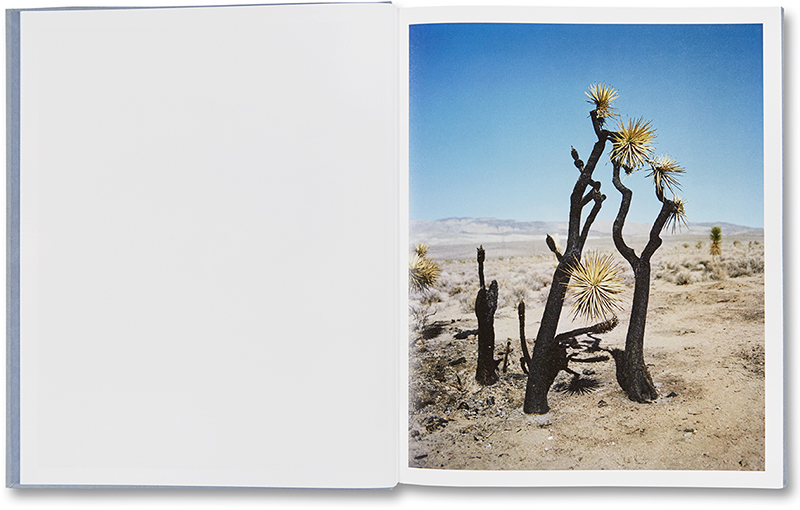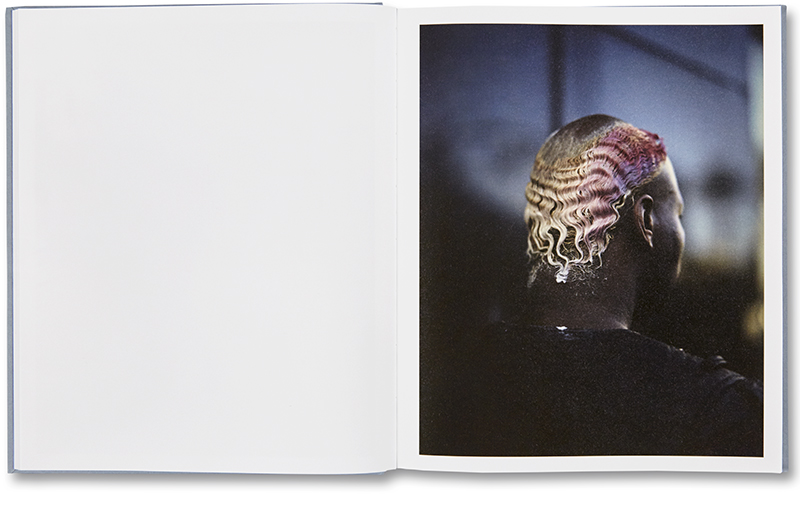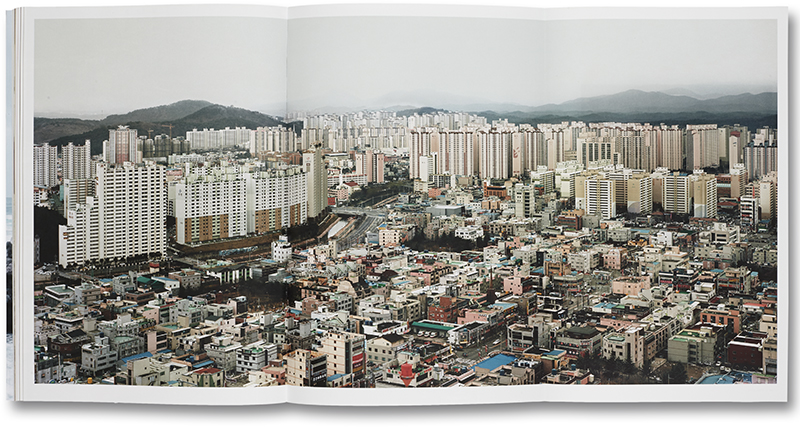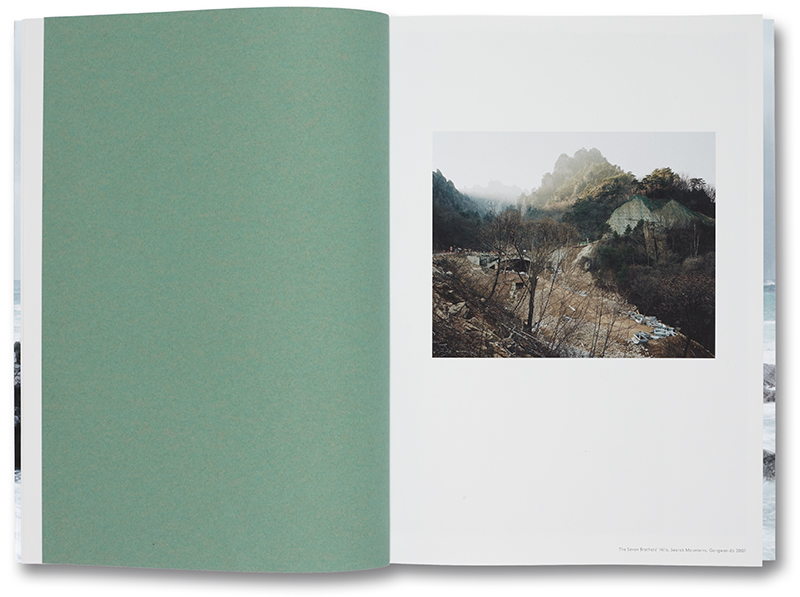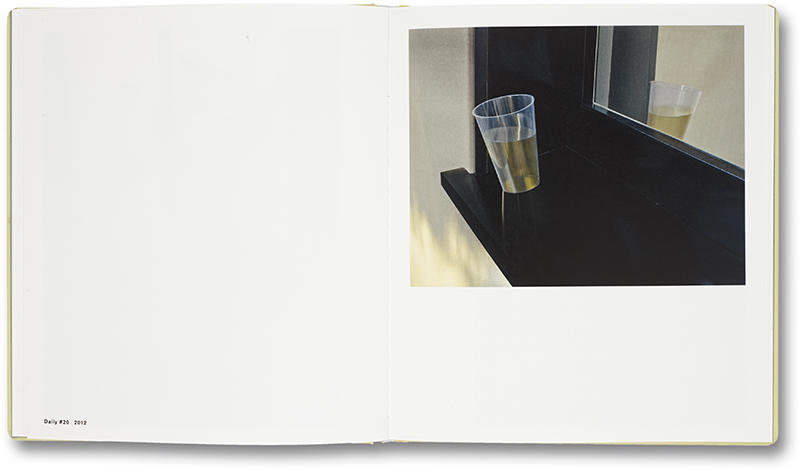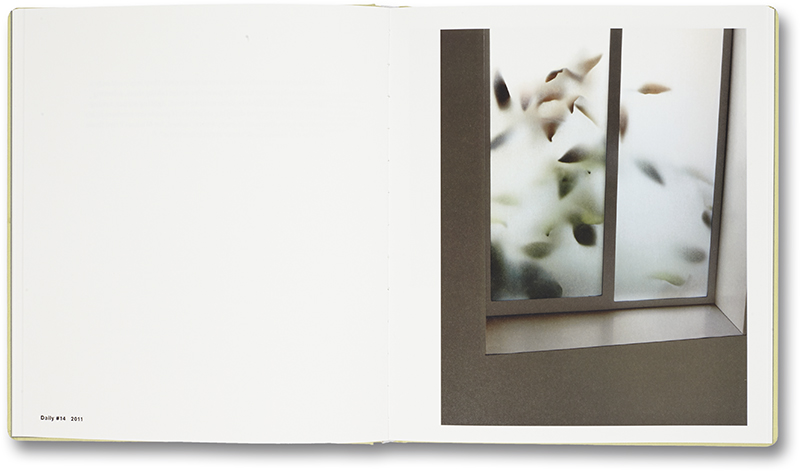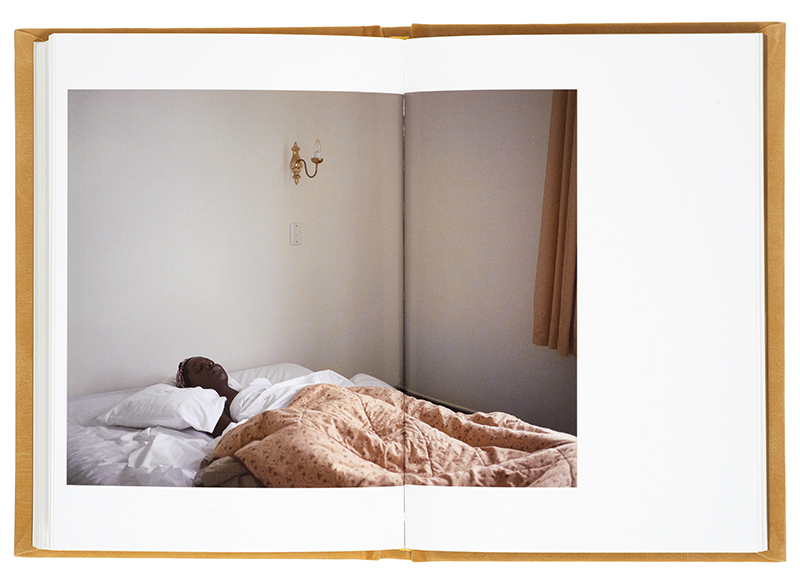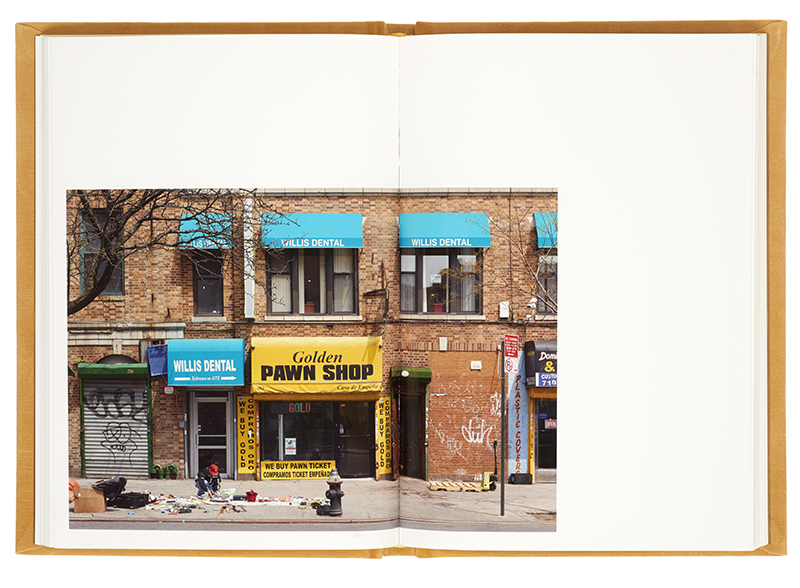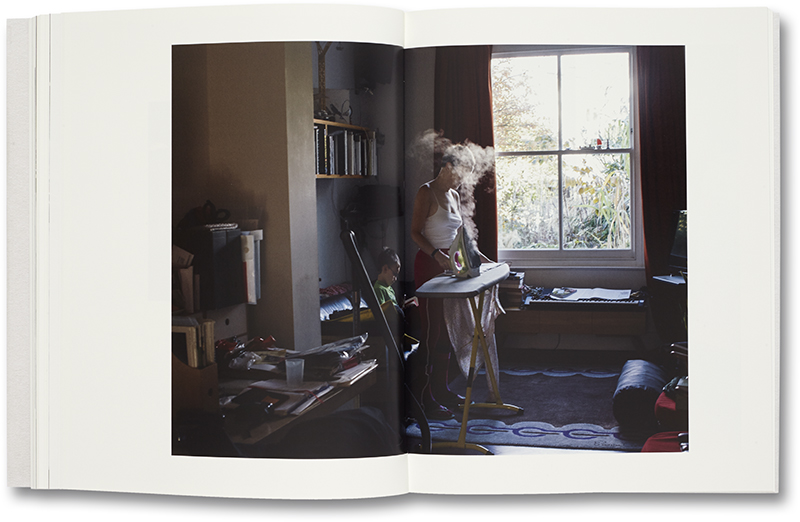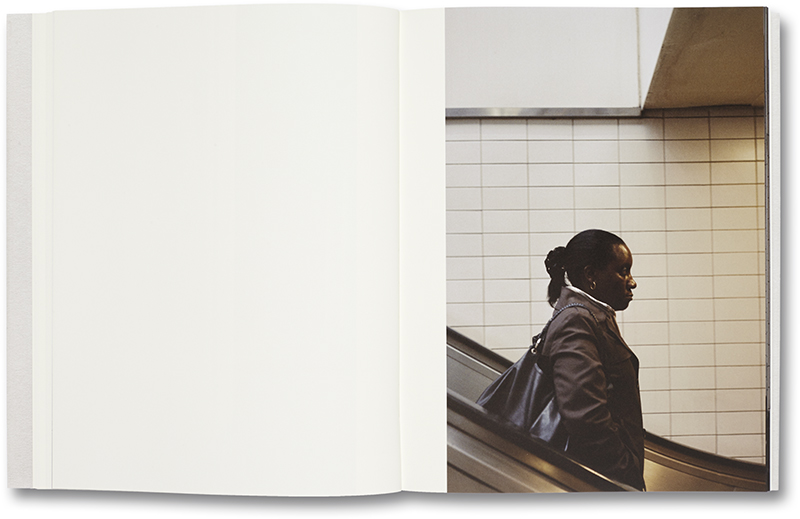Publishers Series: an interview with MACK
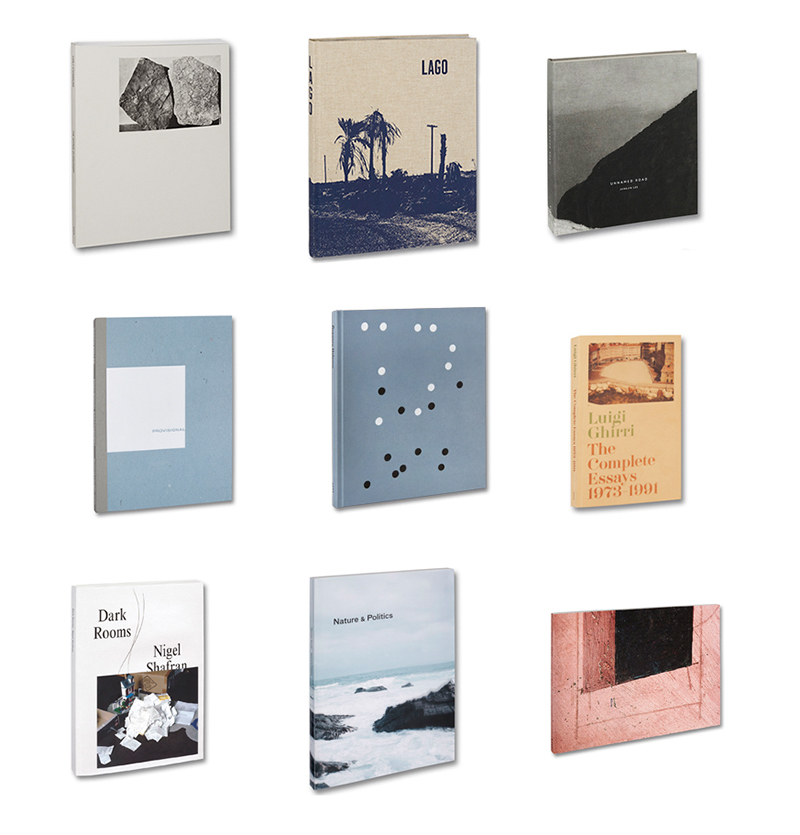
Many years ago I worked in the warehouse for MACK, SteidlMACK and Steidl. It was a medium sized studio space in South London stacked floor to ceiling with books. I worked alone taking deliveries and posting the books they had published all over the world. I was surrounded and overlooked by books illustrated by my photographic heroes; Eggleston, Baltz, Graham, Taryn Simon and Collier Schorr. Photographers I’d written essays about and books I’d had on wish lists since university. The vast majority of the collection of authors curated by Michael Mack, someone who has won an exhaustive list of awards for the books published under his name and stands as a point of aspiration for many junior photobook publishers. From his first major book Reconstructing Space to the first book published by MACK – La Carte d’après Nature he describes MACK’s identity and what he defines as publishing.
How would you describe MACK to someone who’s never seen your books?
Having an identity with our publishing; there being a certainty in the type of project we publish is fundamental to our presence and our future. We approach publishing with the idea of making books with artists who have their own clear ideas, and are willing to collaborate with us on how their works should be translated into book form. This is something that’s quite straightforward with someone like Paul Graham or Alec Soth, people who make books or know how to make books and are used to working with us.
But it is also interesting when you’re working with someone like Thomas Struth, someone who has published many books, mostly traditional catalogues. Our process with Thomas, and which led perhaps to us producing one of our best books [Nature & Politics, 2016], was to go to him and say, we’d love to do something very different with your work. We approach each project from the perspective of ‘how do you encounter this work usually’; in Thomas’ case that is normally very large prints on the wall, and our challenge is how to convert that work to book form; Thomas gave us the freedom to do that.
So the point I’m trying to make is that there is no formula to the approach we adopt. We attempt to do every book in an organic way, in the hope that every book is distinct and the form of the book is directly related to the content, the idea and the concept.
You have relationships with photographers such as Paul Graham and Broomberg and Chanarin and you make a lot of their books. Are you looking at these projects individually or are you committed to making every single one of their books?
I think another way of identifying us is that we operate a bit like a small gallery in that we have a stable of authors. Most publishing houses are like this -unless your authors are unhappy with you and leave, you effectively do publish everything they want to publish.
So in general our approach is the idea of nurturing an author’s idea and we build a profile for them through their books. That is one of the reasons our First Book Award is so important, it can do a lot more for someone who is completely unknown. We are able to put them into the wider world almost immediately because of our marketing, our distribution and our presence. We then build on that so that the authors can come back to us with their next projects.
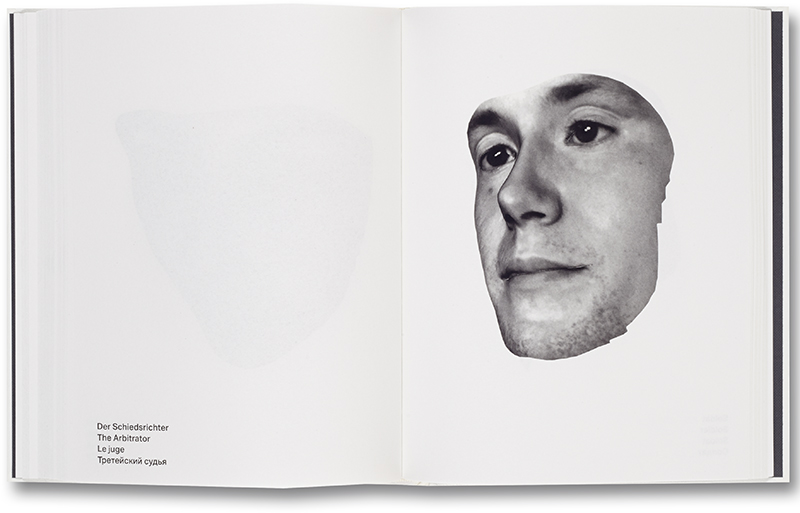
You’ve mentioned relationships with artists, how much would you say your job now as the director of MACK is business related and how much is creative?
I’m very controlled about the number of books we publish for the specific reason that publishing is a business and I also have to oversee the financial side. The reason I continue to do this is not to run a business, that’s largely tedious. I’m involved with the production of every book; I’m not interested in books that are presented to us already designed and complete and all that’s left to do is put them in the printer and we just deal with the logistics and business of sales and marketing and distribution. It’s all absolutely, fundamentally about the pleasures of the creative process and collaborations.
The ‘First Book Award’ brings me to the current eagerness new photographers have shown by using the photobook early in their career. Bruno Ceschel (Self Publish Be Happy) recently gave a talk about the ‘self publishing revolution’ at the Tate Modern. Do you think we are currently having a self-publishing revolution?
I do think there is a self-publishing revolution. I think it has injected an enormous and quite extraordinary vitality and creative energy into our industry. It’s not just self-publishing; it’s coming from a number of courses at colleges like Plymouth University, where the book is a significant of the course. You also have some courses in Lausanne at the ECAL (The École Cantonale d’art de Lausanne), for example, that is closely aligned to a design course, so graphic design students works with photographers producing some amazing things book projects.
I think self-publishing is ultimately a force for good but the reality is that being ‘self-published’ in small editions and so reaching a very small audience, is not really publishing. It’s not publishing in the same sense that putting up a blog or having an Instagram account is not publishing. It’s not just about the size of the audience; it’s the approach. People may not like the process of mediation we offer as a publishing house and prefer the freedoms of d-i-y. What we do and believe we can offer is to take an author’s ideas and create a platform for them, trying to reaching the largest possible audience. That’s our role.
What was your entry point into the world of publishing?
I was working in a small gallery in the West End of London, very much in the back room. I realised I wasn’t particularly interested in the relationship of photography to the wall; I was selling prints in the gallery, actually I was failing to sell prints; I wasn’t very good at it. I realised the relationship between photography and the book was the most exciting and that’s when I started buying books and getting involved in publishing.
I curated an exhibition at the Architectural Association in the mid-nineties, about the relationship between photography and architecture in German history. I found the curating of the show quite limited, largely administrative until the exhibition design, but the making of the book was amazing. For a start, 3 times the number of images could fit in the book, we had four writers the ideas exploring these themes and ideas from different perspectives. We could include a wide array of archival images and historical references that we could not include in the show. The book offered multiple vantage points from which to consider the original ideas that had interested me.
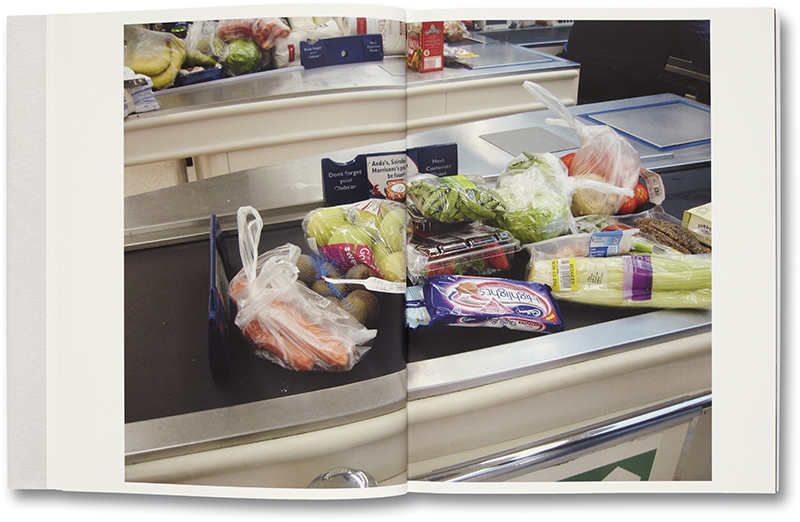
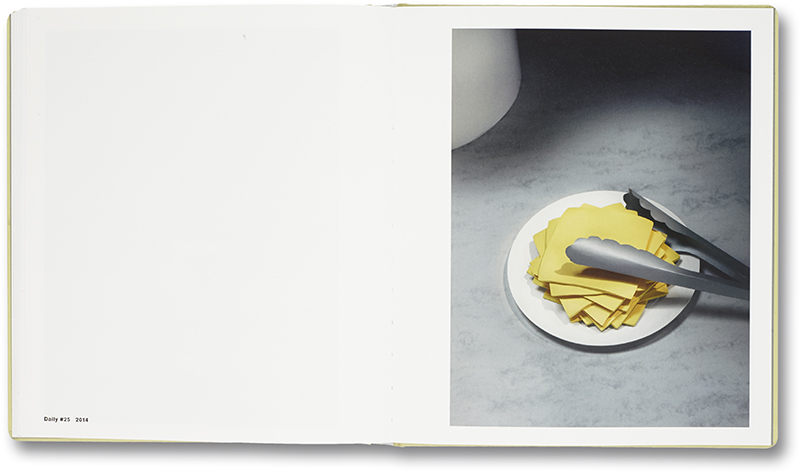
Do you think there is a specific MACK audience or is there an intention to make books that appeal to as wide a scope of people as possible?
I really do want to reach a much broader audience. In theory there’s an expanding audience; over time we’re reaching new territories, Japan is hugely important to us now, we can see the audience steadily growing in Australia as well. We’re aiming for those readers who don’t necessarily think they’re interested in photography or art. Our sales director, David Gooding, comes from a very traditional books background working for Chronicle and Abrams, his approach is refreshingly about how broad our pipe of distribution is, how widely we can reach into the marketplace and so we’re very keen to reach as many new eyes as we can.
People are making a connection between fashion and art and one of my jobs at Libraryman was to find shops that would be interested in selling our books alongside their clothes. Are you noticing this trend and looking to alternate spaces to sell the books?
Yes, very much so. Marc Jacobs, Cos, Paul Smith, they all buy a lot of our books, and it works really well; they very carefully choose the ones they want to put in amongst their clothes. It’s helped us reach people who wouldn’t normally see our books, who wouldn’t necessarily go into the art book department at Waterstones or Barnes and Noble and look through the books. Those shifts in retail are not just evident in fashion stores. There are numerous outlets which now stock an array of lifestyle goods and they often include a few books in the mix. We are still a small publisher but we are trying to be a bit more grown up and ambitious.
There is however a line to navigate though, isn’t there? Stocking your books in Dover Street Market, Collette, Opening Ceremony, all which sell books, runs the risk of MACK books being regarded solely as a luxury item, which I don’t think is the intention.
True, but there is little point in arguing against the fact that our books are luxury items! What I would say however is most of the books out there are too expensive for the general public. We recently made a book with Roe Etheridge which is £10, with the concerted idea to publish something accessible in price. It’s been a smash hit because of course people don’t really think twice about buying a £10 book if they’re interested in Roe or photography or the book form. There’s a negative to that; you need to sell a hell of a lot of £10 books to make an impact on your balance sheet. My point is simply that we work hard at making the books widely available and retail price is one factor.
Is there anyone publishing at the moment whom you get really excited about?
Libraryman, oodee, RVB, JL, Spector, A-Jump, Loose Joints… there are so many doing great books; everybody has upped there game. Nowadays, there are so many small, smart, vibrant set ups doing really interesting and exciting things. I regularly see things published and I think ‘I wish I had done that, why did that not come across my desk?’.
I think it’s important to emphasise I do feel that the current state of publishing is extraordinarily healthy, all those that I’m mentioning have their own ways of publishing and reaching the market. It’s about finding as big an audience as they can for all their books, doing bigger print runs because the economics of it work and also that’s the job, really, that’s what publishers are there for, putting the content together in a coherent way and then finding the audience for it. I don’t think you can put much more of a gloss on it than that, not to undermine it but I think that’s all it is.
Are there one or two books that you regularly refer to not just as influences, but that also reinforce your values as a publisher?
I regularly look back at books by Paul Graham, Larry Sultan, and Michael Schmidt; some of those books were so heartfelt in the way they were made, so pure without the trappings of design, without anything more than just a really coherent approach to an authentic voice of the photographer.
There are many books from that era that I go back to often but I guess everything is driven by content for me, that’s what I’m primarily interested in, content over form. I suppose if I had to pick one artist it would be Lewis Baltz, he was just such an enormous influence on everything that happened in my career but in a large part, that was because of my connection to his work. I have a complete library of his books and regularly go back to those. The other major influence was Michael Schmidt, an extraordinary book maker, one of those rare individuals who would make a book like Waffenruhe or Unity which was a perfect capsule for the work. Then the installation of the work in a museum or a gallery would be an extraordinary explosion of the idea all over again and make you completely rethink it; that is the rare skill of an artist who understands how to work in a range of media.
MACK launch Gregory Halpern’s ZZYZX this evening at Webber Gallery Space, 6.30pm-9pm

